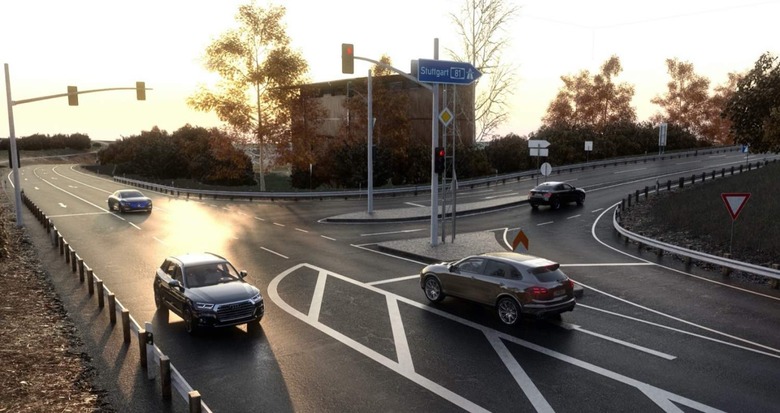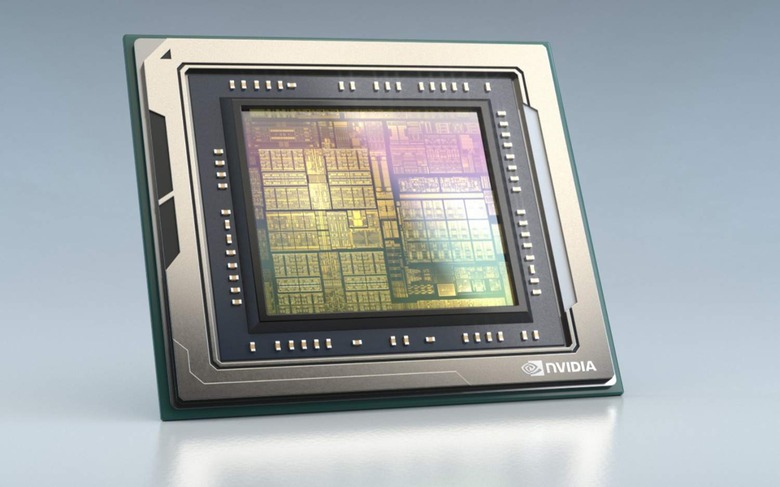NVIDIA DRIVE Atlan Promises Driverless Cars Sooner Than You'd Think
NVIDIA has revealed its newest chipset for smart cars and autonomous vehicles, with DRIVE Atlan promising to be "an AI data center on wheels" with an exponential uptick in processing power. Targeting Level 4 and Level 5 self-driving vehicles – along with the next-generation of highly-assisted cars – NVIDIA DRIVE Atlan is expected to begin sampling to automakers and AV developers as soon as 2023.
It's the industry's first "1,000 TOPS SoC," NVIDIA said at its GTC 2021 conference today, with Atlan comfortably out-performing its predecessors at the company too. NVIDIA DRIVE Orin – still yet to ship – for example clocks in at 254 TOPS; Xavier, from 2020, managed 30 TOPS, while 2018's Parker delivered just 1 TOPS.
The result, NVIDIA says, is a chip far more suited to the ever-increasing software and artificial intelligence workload future vehicles will be undertaking. There's a next-gen GPU architecture and new Arm CPU cores, along with 400 Gbps ethernet networking with secure gateway support. An NVIDIA BlueField DPU is responsible for managing storage, security, and networking, and there's ASIL-D Safety Island support.
"The one thing we know for sue is that the computing requirements are just going to go up," NVIDIA's Danny Shapiro, Sr. Director of Automotive, explains of the company's motivations. Part of Atlan's charm there is its compatibility with software stacks written for previous-generation chipsets like Orin or Xavier. That means automakers and AV developers won't need to rework their software in order to take advantage of the new SoC's performance bump.

Instead, NVIDIA sees Atlan as streamlining the approach to Level 4 and Level 5 autonomous vehicles. Automakers could, for instance, replace a cluster of four Orin chipsets with a single Atlan, and tap its efficiencies there. There's even the potential for upgrades to existing vehicles on the road, though Shapiro is clear that it'll depend on individual automakers whether that modular approach gains traction.
What the chip-maker is very aware of is that the route to full autonomy has proved to be a more tricky one than most assumed. "This thing which had never been done before turned out to be a lot harder than anyone expected," Shapiro concedes. However NVIDIA hasn't let that slow its roadmap of new auto-specific chips.
"This whole trend of getting on the road is key," Shapiro insists. "Getting the vehicle fleets with the technology is key. And then the software rolling out over time."

Clearly, it's in NVIDIA's best interests to do that, though those ambitions certainly seem to chime with those of automakers too. Volvo, for example, has just inked an extension of its partnership with NVIDIA to use Orin in vehicles on its upcoming new architecture. Mercedes-Benz has already committed to putting a DRIVE Orin into every new car, even if it may still be some time before fully driverless software is ready for public deployment.
"They recognize that as that install base grows, there's the opportunity to monetize that," Shapiro says, arguing that the revenue potential from either one-time charges or ongoing subscriptions for connected car features could more than offset the initial costs of making the hardware ubiquitous.
NVIDIA DRIVE Orin will begin shipping in 2022, as the company pushes this concept of a "software-defined vehicle" with its customers and partners. DRIVE Atlan, meanwhile, will begin sampling in 2023, with NVIDIA saying that it's expecting the SoC to show up in model year 2025 vehicles. "Some automakers that are more aggressive could potentially hit the end of 2024," Shapiro says.
